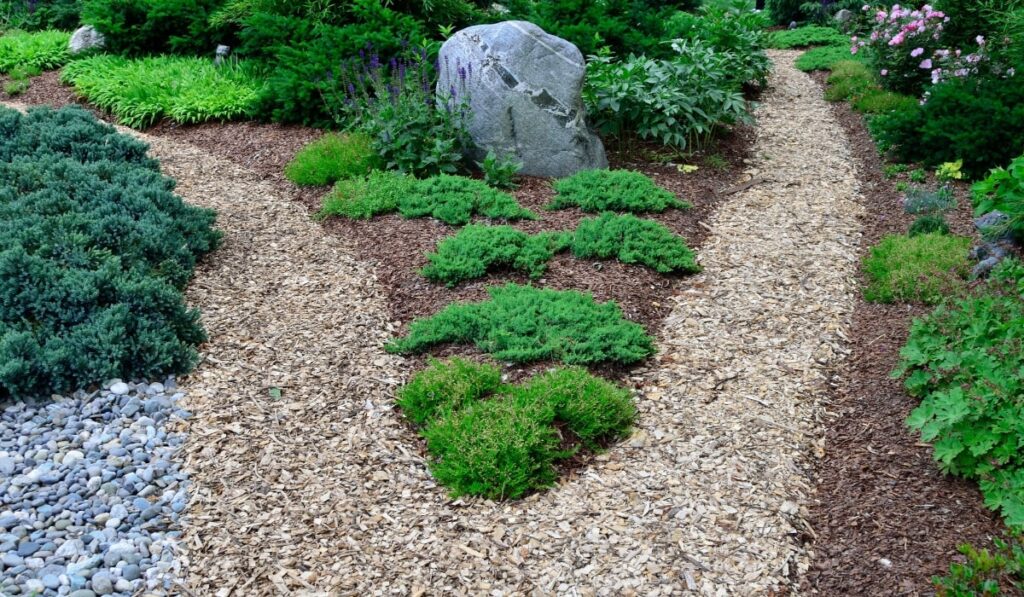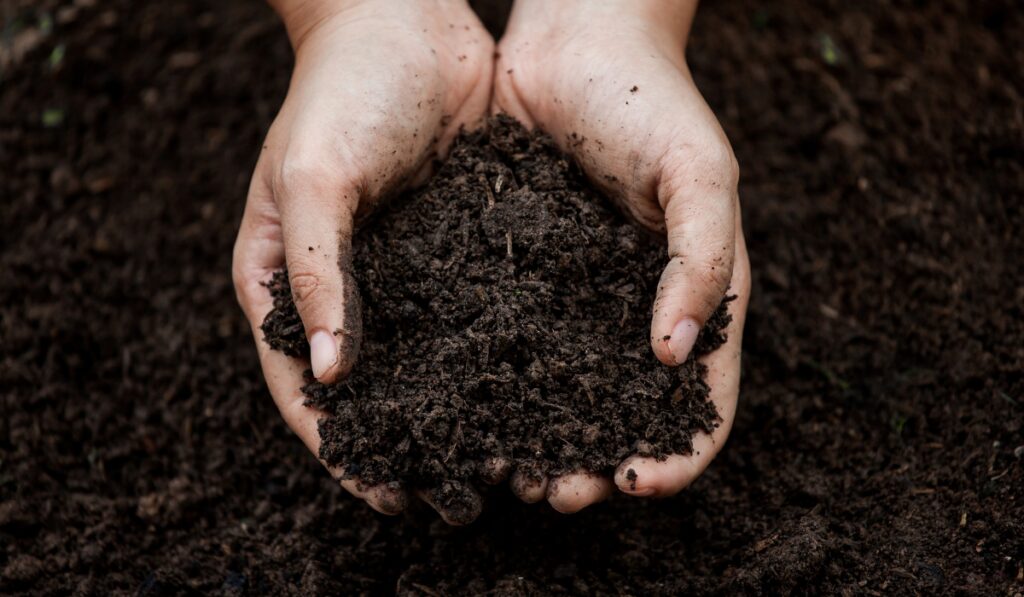Posts Tagged Garden Planning
Planting for Spring: Bulbs and Cool-Season Annuals to Add in October

1. Spring-Blooming Bulbs: A Promise of Early Color
- Choose healthy, firm bulbs free of mold or damage.
- Plant at the right depth: Generally, bulbs should be planted two to three times as deep as their height (for example, a 2-inch bulb goes 4–6 inches deep).
- Group bulbs in clusters for a natural, dramatic effect rather than single rows.
- Water thoroughly after planting to settle the soil and encourage rooting.
2. Cool-Season Annuals for Fall and Early Spring Interest
- Plant annuals in well-drained soil amended with compost.
- Water regularly, especially during dry spells.
- Deadhead spent flowers to encourage continuous blooming.
3. Add Texture and Structure with Ornamental Grasses
4. Mulch and Protect New Plantings
5. Plan for Succession
Trust DK Landscaping for Expert Planting
Seasonal Landscaping: Tips for Maintaining Your Yard

Seasonal landscaping is a practice that involves designing and maintaining outdoor spaces to reflect the changing seasons. This type of landscaping can be used to create a visually appealing and functional outdoor space that is suitable for different seasons throughout the year. Seasonal landscaping involves the use of plants, flowers, and other outdoor features that are specific to each season.
One of the main benefits of seasonal landscaping is that it can help to create a sense of continuity and connection between the indoors and outdoors. By incorporating seasonal elements into a landscape design, homeowners can create a seamless transition between their indoor and outdoor living spaces. This can help to create a more inviting and welcoming environment for guests, as well as a more enjoyable outdoor living experience for the homeowner.
Another benefit of seasonal landscaping is that it can help to increase the value of a property. A well-designed and maintained outdoor space can significantly enhance the curb appeal of a home, which can make it more attractive to potential buyers. Additionally, seasonal landscaping can help to create a unique and memorable outdoor space that sets a home apart from others in the area.
Understanding Seasonal Landscaping
Benefits of Seasonal Landscaping
Seasonal landscaping is an important aspect of maintaining a healthy and beautiful outdoor space. By changing the plants and design elements throughout the year, homeowners can ensure that their yard remains visually appealing and functional. Some benefits of seasonal landscaping include:
- Improved curb appeal: By changing the look of the yard throughout the year, homeowners can improve curb appeal and make their property stand out in the neighborhood.
- Increased property value: A well-maintained yard can increase the value of a property, and seasonal landscaping is an easy way to keep the yard looking its best.
- Enhanced outdoor living: By incorporating seasonal elements such as outdoor seating, lighting, and fire pits, homeowners can create an outdoor living space that can be enjoyed throughout the year.
Key Seasonal Changes
In order to create a successful seasonal landscape, it is important to understand the key changes that occur throughout the year. Some of the most important seasonal changes include:
- Spring: In the spring, homeowners should focus on planting new flowers and shrubs, and preparing the yard for the growing season. This is also a good time to clean up any debris that may have accumulated over the winter.
- Summer: During the summer, homeowners should focus on maintaining the yard and keeping it healthy. This may include watering, fertilizing, and mowing the lawn on a regular basis.
- Fall: In the fall, homeowners should prepare the yard for the winter months by raking leaves and removing any dead plants or debris. This is also a good time to plant bulbs and other plants that will bloom in the spring.
- Winter: During the winter, homeowners should focus on protecting their plants and yard from the cold weather. This may include covering plants, removing snow, and pruning trees and shrubs.
By understanding the key seasonal changes and benefits of seasonal landscaping, homeowners can create a beautiful and functional outdoor space that can be enjoyed throughout the year.
Planning Your Seasonal Landscaping
When it comes to landscaping, planning is crucial to ensure that your outdoor space looks beautiful all year round. This section will provide you with a guide on how to plan your seasonal landscaping, including tips on spring planning, summer upkeep, autumn transition, and winter preparation.
Spring Planning
Spring is the perfect time to start planning your seasonal landscaping. Begin by assessing your outdoor space and identifying any areas that need attention. Consider adding new plants, flowers, or shrubs to add color and texture to your garden. You may also want to consider adding new features such as a water fountain or a seating area.
It’s important to keep in mind the climate and soil type of your area when selecting plants. Make sure to choose plants that are suitable for your climate and soil type to ensure that they thrive. Also, consider the amount of sunlight your garden receives and choose plants accordingly.
Summer Upkeep
Summer is the time when your garden is in full bloom. It’s important to keep up with regular maintenance during this season to ensure that your garden stays healthy. This includes watering your plants regularly, removing weeds, and pruning any overgrown branches.
You may also want to consider adding mulch to your garden beds to help retain moisture and prevent weed growth. Additionally, consider adding a layer of fertilizer to promote healthy growth.
Autumn Transition
As the weather begins to cool down, it’s time to prepare your garden for the fall season. This includes removing any dead plants, leaves, and debris. You may also want to consider adding new plants that thrive in cooler temperatures such as mums or asters.
It’s also a good time to prepare your garden for the winter season by adding a layer of compost or mulch to protect your plants from the cold weather.
Winter Preparation
Winter can be harsh on your garden, so it’s important to prepare it for the colder months. This includes removing any dead plants, leaves, and debris. You may also want to consider covering your plants with burlap to protect them from frost and snow.
It’s also important to drain any water features and store outdoor furniture to protect them from the elements. Finally, consider adding some winter interest to your garden by adding evergreen plants or winter-blooming flowers.
By following these tips, you can ensure that your garden looks beautiful all year round. Happy landscaping!
Seasonal Planting Strategies
Selecting Plants for Each Season
When it comes to seasonal landscaping, selecting plants that are suitable for each season is crucial. Different plants thrive in different seasons, so it is important to choose those that will grow well during the time of year you want them to bloom.
For example, in the spring, you might consider planting bulbs such as tulips, daffodils, and hyacinths. These plants are perfect for adding color and vibrancy to your garden after a long, cold winter. In the summer, you might opt for flowering annuals, such as petunias, marigolds, and zinnias, which will add a burst of color to your garden beds.
In the fall, you might choose to plant mums, asters, or other autumn-blooming perennials. These plants will add warmth and depth to your garden as the temperatures begin to cool. And in the winter, you might consider planting evergreens, such as holly, spruce, or pine, which will provide a beautiful backdrop for your winter landscape.
Rotating Crops and Flowers
Another important strategy for seasonal landscaping is rotating crops and flowers. This involves planting different crops or flowers in the same location each year, which helps to prevent soil-borne diseases and pests from building up in the soil.
For example, if you planted tomatoes in a particular garden bed one year, you might choose to plant cucumbers or peppers in that same bed the following year. This will help to keep the soil healthy and productive, while also ensuring that your plants have the best chance of thriving.
By following these seasonal planting strategies, you can create a beautiful and thriving landscape that changes with the seasons. Whether you’re planting bulbs in the spring or evergreens in the winter, there’s always something new and exciting to look forward to in your garden.

Maintenance and Care
Soil Health and Fertilization
Maintaining healthy soil is crucial for the success of any landscaping project. Soil should be tested before any fertilization is applied to determine its nutrient content. Fertilizers should be chosen based on the soil’s needs and applied according to the manufacturer’s instructions. Organic fertilizers are a great option for those who want to avoid synthetic chemicals. Mulching can also help improve soil health by retaining moisture and adding organic matter.
Pruning and Weeding
Pruning and weeding are essential for maintaining the appearance and health of a landscaped area. Regular pruning helps to shape plants, remove dead or damaged branches, and promote healthy growth. Weeding helps to control the spread of unwanted plants and prevent competition for resources. It is important to use the proper tools and techniques when pruning to avoid damaging the plant.
Irrigation and Water Management
Proper irrigation and water management are critical for maintaining a healthy landscape. Overwatering can lead to root rot and other issues, while underwatering can cause plants to wilt and die. Watering should be done in the early morning or late evening to minimize evaporation. Drip irrigation systems are a great option for those who want to conserve water and minimize runoff. It is important to monitor soil moisture levels and adjust watering schedules accordingly.
Frequently Asked Questions
What are the best months to schedule landscaping services?
The best months to schedule landscaping services depend on the type of service needed. For planting, the ideal time is usually during the spring or fall seasons when the temperatures are mild. For lawn care, the best time is during the summer months when the grass is actively growing. It is recommended to consult with a professional landscaper to determine the best time for specific services.
How can I maintain my landscape throughout the year?
Maintaining a landscape throughout the year requires regular care and attention. This includes watering, fertilizing, pruning, and weeding. It is also important to monitor the health of plants and address any issues promptly. A professional landscaper can provide guidance on the specific care requirements for different types of plants and landscapes.
What are cost-effective strategies for beautiful landscaping?
Some cost-effective strategies for beautiful landscaping include using native plants, incorporating mulch to retain moisture and suppress weeds, and using low-maintenance plants. It is also important to plan and design the landscape carefully to ensure that it is functional and visually appealing.
How should I prepare my garden for the spring season?
Preparing a garden for the spring season involves cleaning up the landscape, removing any dead or damaged plants, and preparing the soil for planting. It is also important to fertilize and prune plants as needed. A professional landscaper can provide guidance on the specific steps needed to prepare a garden for the spring season.
What is included in a typical landscape maintenance checklist?
A typical landscape maintenance checklist includes tasks such as mowing the lawn, trimming shrubs and trees, fertilizing, watering, and weeding. It may also include tasks such as pest control, pruning, and mulching. A professional landscaper can provide a customized maintenance checklist based on the specific needs of the landscape.
What steps are necessary to winterize my landscaping?
Winterizing a landscape involves preparing plants and trees for the colder temperatures. This includes trimming back any dead or damaged branches, wrapping delicate plants with burlap or other protective material, and applying a layer of mulch to protect the soil. It is also important to turn off and drain any outdoor water features to prevent damage from freezing temperatures. A professional landscaper can provide guidance on the specific steps needed to winterize a landscape.





